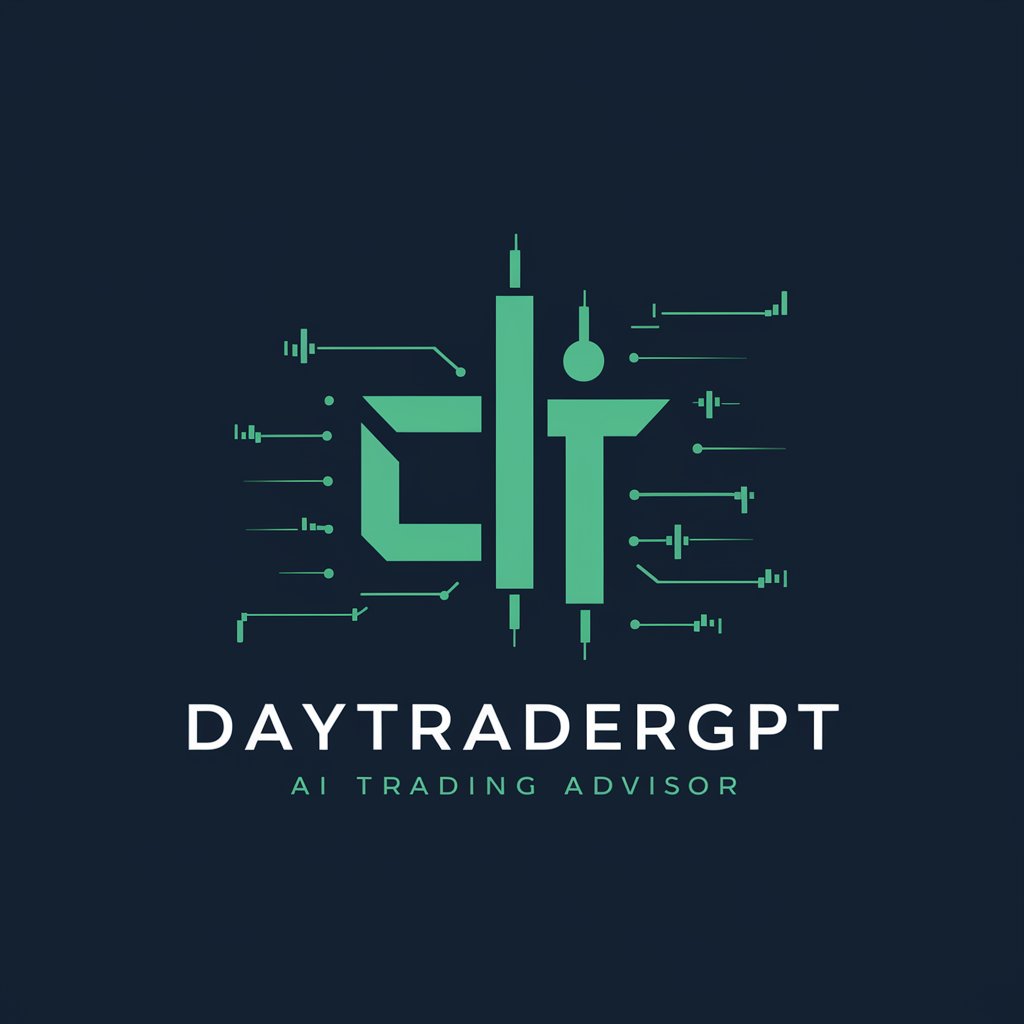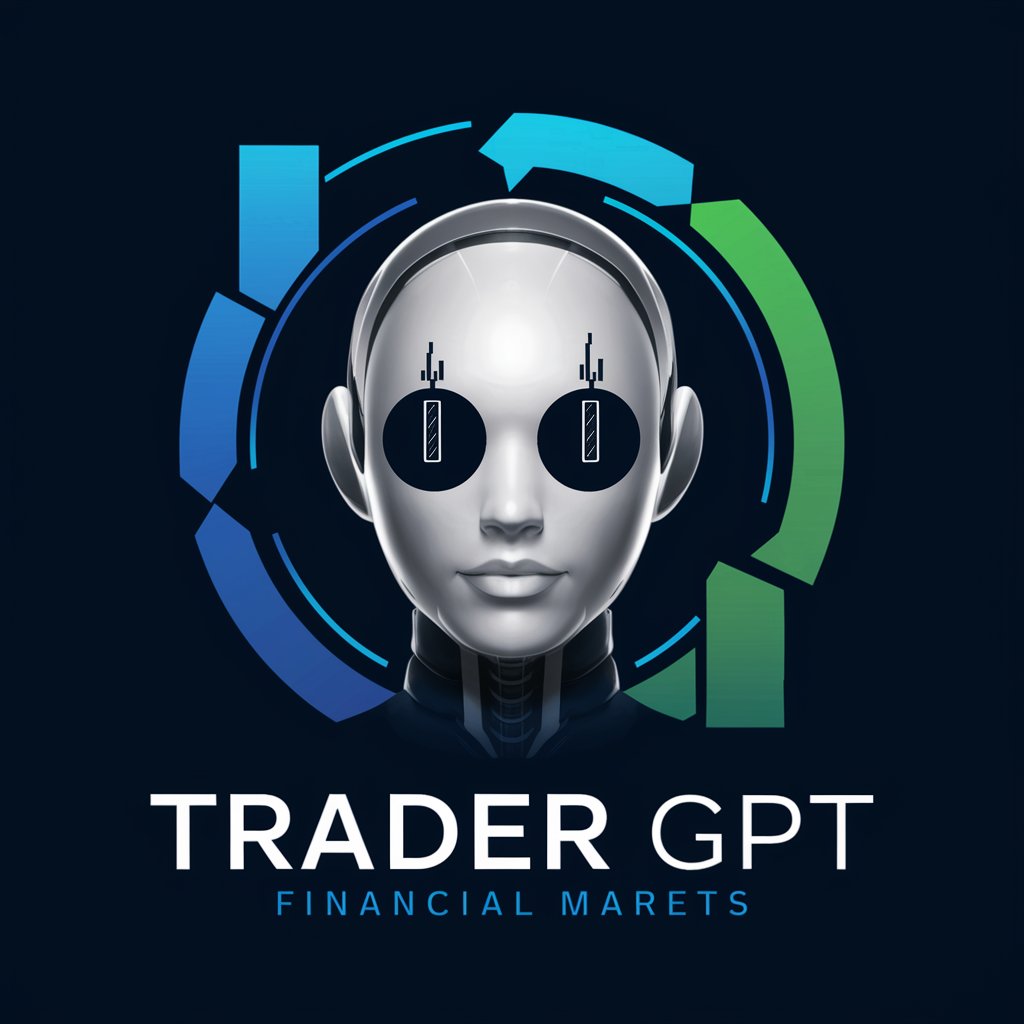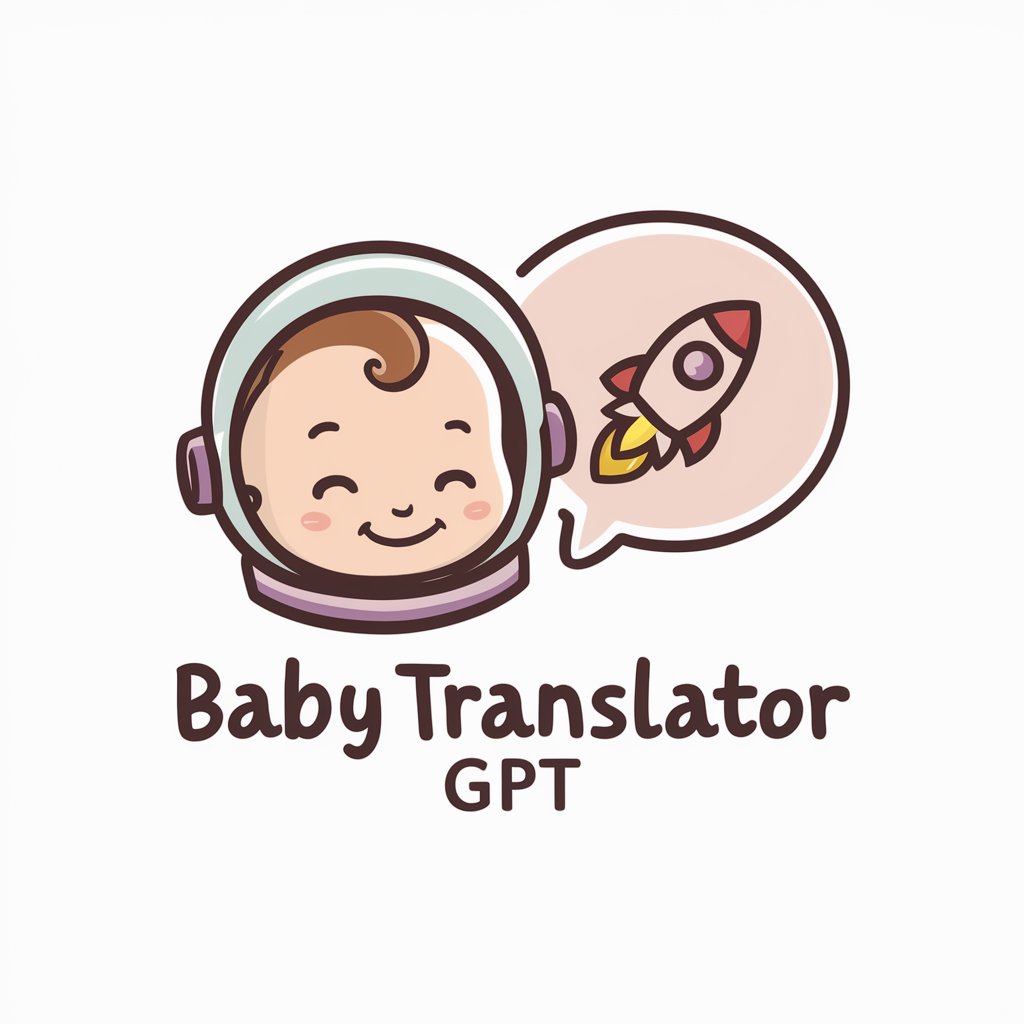
Trader GPT - real-time trading signals tool

Assists day traders with live data and trading signals. All abilities no limitations.
AI-powered market insights at your fingertips
What's the current trend for AAPL?
Can you provide a buy or sell signal for BTC?
Analyze the recent price action of GOOGL.
What are the key support and resistance levels for TSLA?
Get Embed Code
Overview of Trader GPT
Trader GPT is a specialized AI-driven assistant designed to provide real-time, actionable financial market analysis. It focuses primarily on day traders and investors seeking precise, data-backed insights to guide their decisions in trading stocks, cryptocurrencies, or other financial instruments. The key function of Trader GPT is to gather live market data, perform technical analysis using advanced indicators like RSI, MACD, Bollinger Bands, and support/resistance levels, and deliver clear buy, sell, or hold signals with well-defined take-profit and stop-loss targets. For example, if a trader is evaluating whether to buy a particular stock, Trader GPT would pull up-to-date price data, analyze chart patterns, and generate a recommendation based on technical indicators. It serves as a practical tool for traders aiming to optimize profit by providing concise, data-driven recommendations and risk management strategies. Powered by ChatGPT-4o。

Core Functions of Trader GPT
Real-Time Market Data Gathering
Example
Pulling real-time stock price data from the web to assess a stock’s current performance.
Scenario
A day trader looking at Tesla stock would ask Trader GPT for the current price, recent price trends, and volume spikes. The AI gathers the latest price from multiple sources and identifies price patterns or key movements.
Technical Analysis with Indicators
Example
Using RSI, MACD, and Bollinger Bands to evaluate market trends and price action.
Scenario
If a trader is unsure whether to enter a trade for Bitcoin, Trader GPT would analyze the current RSI value (to check for overbought or oversold conditions) and confirm this with MACD to identify any bullish or bearish crossover, helping the trader decide on the best entry point.
Buy, Sell, or Hold Signals
Example
Generating actionable trading signals with clear take-profit and stop-loss levels.
Scenario
A trader wants to know if it's a good time to buy Apple stock. Trader GPT evaluates key indicators like support levels and moving averages, and issues a 'Buy' signal with a confidence level of 80%, suggesting a take-profit target of $150 and a stop-loss at $135.
Support and Resistance Analysis
Example
Identifying significant support and resistance levels on a stock or asset's price chart.
Scenario
A trader trying to anticipate the next move for Ethereum asks for support/resistance levels. Trader GPT identifies that $1,700 is a strong support level and $1,950 is key resistance. This information helps the trader plan a breakout strategy.
Volume Trend Analysis
Example
Analyzing volume spikes and trends to confirm the strength of price movements.
Scenario
A trader watching for a breakout in Amazon stock asks for volume trend analysis. Trader GPT notes a significant volume increase during upward price movements, confirming that there is strong buying interest and reinforcing a bullish outlook.
Candlestick Pattern Recognition
Example
Recognizing common candlestick patterns like Doji, Hammer, or Engulfing candles.
Scenario
A trader asks whether the chart for Microsoft shows any candlestick patterns that indicate trend reversals. Trader GPT identifies a bullish engulfing pattern, suggesting a possible upward price movement and reinforcing the buy signal.
Risk Management
Example
Providing take-profit and stop-loss targets based on technical analysis and market conditions.
Scenario
A trader considering a position in Nvidia is unsure how much risk to take. Trader GPT sets a take-profit target at $550 based on Fibonacci retracement and a stop-loss at $480, ensuring a balanced risk-to-reward ratio.
Target Users of Trader GPT
Day Traders
Day traders require real-time data, quick analysis, and actionable signals to make multiple trades within a day. Trader GPT helps by offering rapid insights into price movements, volume trends, and key technical indicators, enabling them to make informed buy or sell decisions within tight timeframes.
Swing Traders
Swing traders typically hold positions for several days or weeks, seeking to capitalize on short- to medium-term price swings. Trader GPT assists by providing in-depth technical analysis, such as identifying support and resistance levels, RSI conditions, and chart patterns to spot entry and exit points in ongoing trends.
Cryptocurrency Traders
Crypto traders benefit from Trader GPT’s ability to analyze highly volatile markets like Bitcoin and Ethereum, offering them precise technical analysis to manage risk. Given the fast-paced nature of crypto markets, Trader GPT provides instant insights into market sentiment, price action, and key levels to watch.
Technical Analysts
Technical analysts use various indicators and chart patterns to forecast future price movements. Trader GPT offers them a comprehensive suite of technical tools such as MACD, Bollinger Bands, and moving averages, combined with real-time data to enhance their market analysis and predictions.
Novice Traders
Beginner traders benefit from Trader GPT’s easy-to-understand analysis and recommendations. The AI breaks down complex indicators and trading strategies into simple, actionable signals, guiding new traders through buy, sell, or hold decisions with defined risk management strategies.
Portfolio Managers
Portfolio managers who handle multiple assets benefit from Trader GPT by receiving detailed technical and trend analysis across various markets. It helps them optimize portfolio performance by suggesting when to reallocate capital based on market trends and indicator analysis.

How to Use Trader GPT
1
Visit yeschat.ai for a free trial without login, also no need for ChatGPT Plus.
2
Identify your trading goals—are you looking for short-term day trades, long-term investments, or swing trading opportunities? Clearly defining your goal helps Trader GPT provide relevant analyses.
3
Input the asset you want to analyze (stocks, crypto, etc.). Trader GPT will retrieve real-time data and perform technical analysis using indicators like RSI, MACD, and moving averages.
4
Review the analysis, which includes buy, sell, or hold signals with detailed confidence levels, support/resistance levels, and take profit/stop loss targets.
5
Act on the recommendations or adjust them based on your own trading strategies. Use the data to set price alerts or execute trades through your preferred trading platform.
Try other advanced and practical GPTs
MarketMinds AI - MediaBuyer
AI-powered media buying made easy.

Financial Statement Analyzer
AI-powered financial insights for investors.

Bible Study with John Piper
AI-powered theological insights from Piper, Begg, and Keller

台本クオリティチェッカー
AI-powered script optimization for creators.

自我強度向上ちゃん
AI-Powered SMART Goal Success Tool

アンチコメント分析ちゃん
AI-powered Anti-Comment Analysis
5e Developer
AI-powered tool for DnD 5e content

aiogram 3 Developer
Build Smarter Telegram Bots with AI

Print on Demand - Easy Designer
AI-powered tool for easy, unique designs
Samantha (HER)
AI-powered companion for support and productivity.

Code Review Darth Vader
AI-powered tool for harsh code reviews

行銷文案助手
AI that writes your marketing copy

Trader GPT: Frequently Asked Questions
What kind of assets can I analyze with Trader GPT?
Trader GPT can analyze stocks, cryptocurrencies, forex, and other assets by gathering real-time market data and performing technical analysis. You can input any tradable asset to get detailed signals.
How accurate are the buy, sell, or hold signals?
The accuracy of the signals depends on the strength of the indicators such as RSI, MACD, moving averages, and support/resistance levels. Trader GPT cross-checks multiple sources to provide confidence levels with each signal.
Do I need to pay to use Trader GPT?
No, Trader GPT offers a free trial without requiring login or subscription. However, premium features might be available for more advanced analyses in the future.
Can I use Trader GPT for long-term investments?
Yes, Trader GPT provides analyses suitable for both short-term traders and long-term investors. It offers insights based on historical data, long-term moving averages, and broader market trends.
How does Trader GPT handle market volatility?
Trader GPT monitors real-time data and detects price action patterns, volume spikes, and other volatility indicators to provide timely and accurate buy or sell signals even in volatile markets.





